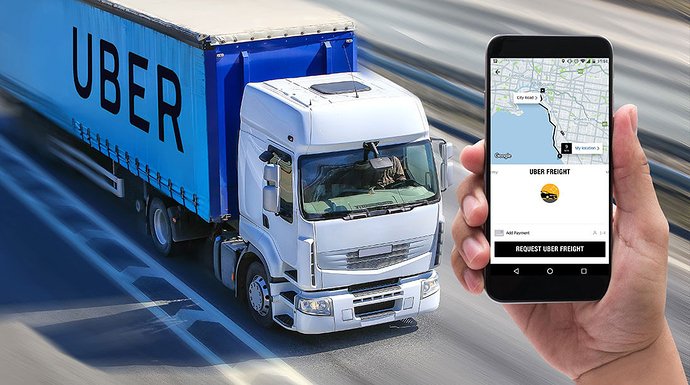
According to a press release by shopping giant Walmart, the company is expanding their truck driver positions by 500 this year, mainly on the West and East Coast. This is great news for truck drivers in general, but it’s still unclear as to whether increased hiring is a trend we’ll see across the country. The presence of the Coronavirus in the United States has caused a great deal of turbulence in the freight industry over the course of last month, resulting in an increased demand for drivers in some areas, alongside increased complications for the drivers that are managing to stay on the road.
A Surge in Online Shopping
As some economists have predicted, the government instruction for American citizens to stay home whenever possible, and with many states calling for the shutdown of non-essential businesses, Americans have been turning to the internet for their shopping needs. Walmart’s decision to hire more drivers is a direct result of an increase in online orders, according to the retailer, a trend that’s grown persistently in recent years.
The company began dialing up their driver program last year, hiring 1,400 drivers to meet a 3% increase in same-store sales. All of this is good news for truckers, especially because Walmart has taken steps to ensure that their jobs are competitive with other trucking jobs on the market. According to Walmart, their average driver salary is all the way up to $87,500 per year, a result of their all-in rate per mile being close to $0.89. This is a far-and-away a much better deal than the national average salary for truck drivers, which is $43,680 per year. Only 10% of truck drivers earn more than $64,000 per year, making Walmart’s reported salary a bold play for attracting truck drivers. This will surely result in Walmart’s new positions being filled, but it’s difficult to predict whether it will ever make a dent in the national driver shortage America has been facing.
What It’s Like to Drive for Walmart
You can read testimonials from Walmart drivers on their website. One of which describes Robert Sullivan, who’s been driving a truck for twenty years, and working for Walmart for the last two. He describes a breadth of small perks that, for him, really add to his enjoyment of driving for the company. Predictable home time and no-touch freight are some of the best perks of the position, alongside small bonuses like company-paid dry-cleaning services and paid rest breaks, which can make a big difference when it comes to enjoyment on the job. Walmart has recently revamped their onboarding process, making it even more efficient for new drivers to join their fleet.
America Needs More Drivers
There have been reports of large employee demographics being at risk of infection for Coronavirus, which has had a large impact on America’s economic structure. The unemployment rate in America is at a record-breaking 6.5 million at its most recent estimate— nearly double what it was only 25 days ago. There are reports that nearly 2,000 USPS workers have been quarantined over Coronavirus concerns, and it’s impossible to fully understand the scope of the effects Coronavirus has had on any industry.
The world has recognized the importance of truck drivers in keeping local businesses supplied throughout this difficult time, and there has been a lot of good news regarding the country’s efforts to keep more truck drivers on the road. President Trump has relaxed trucking regulations in response to this need, rolling back a law that’s been in place since 1938, which disallows truck drivers for working more than 11 hours per any 14-hour work period. Businesses have been offering free parking and free meals to truckers along the I-80 corridor, and there are reports of truck drivers being cheered upon arriving with their cargo. Before March, the American Trucking Association had issued multiple statements about the incredibly high demand for truck drivers in America, some claiming that there are 48,000 vacant truck driver positions in the country. It’s possible that Walmart’s publicized wage increases may be an indirect result of their inability to staff their trucks by more conventional means.
How You Can Get Started as a Truck Driver
If you’re considering becoming an owner/operator of a semi-truck, now is a great time to do your part and help supply a vital service for the American people. Truck drivers require a Commercial Driver’s License, which is attainable through your local DMV. Check your local Office of Motor Vehicles for their program details. Truck driving becomes increasingly lucrative every single year, but it often takes a significant amount of initial investment to get started. If you need semi-truck financing, contact us, and we’ll help you out, even if you’ve got bad credit or limited driving experience.







